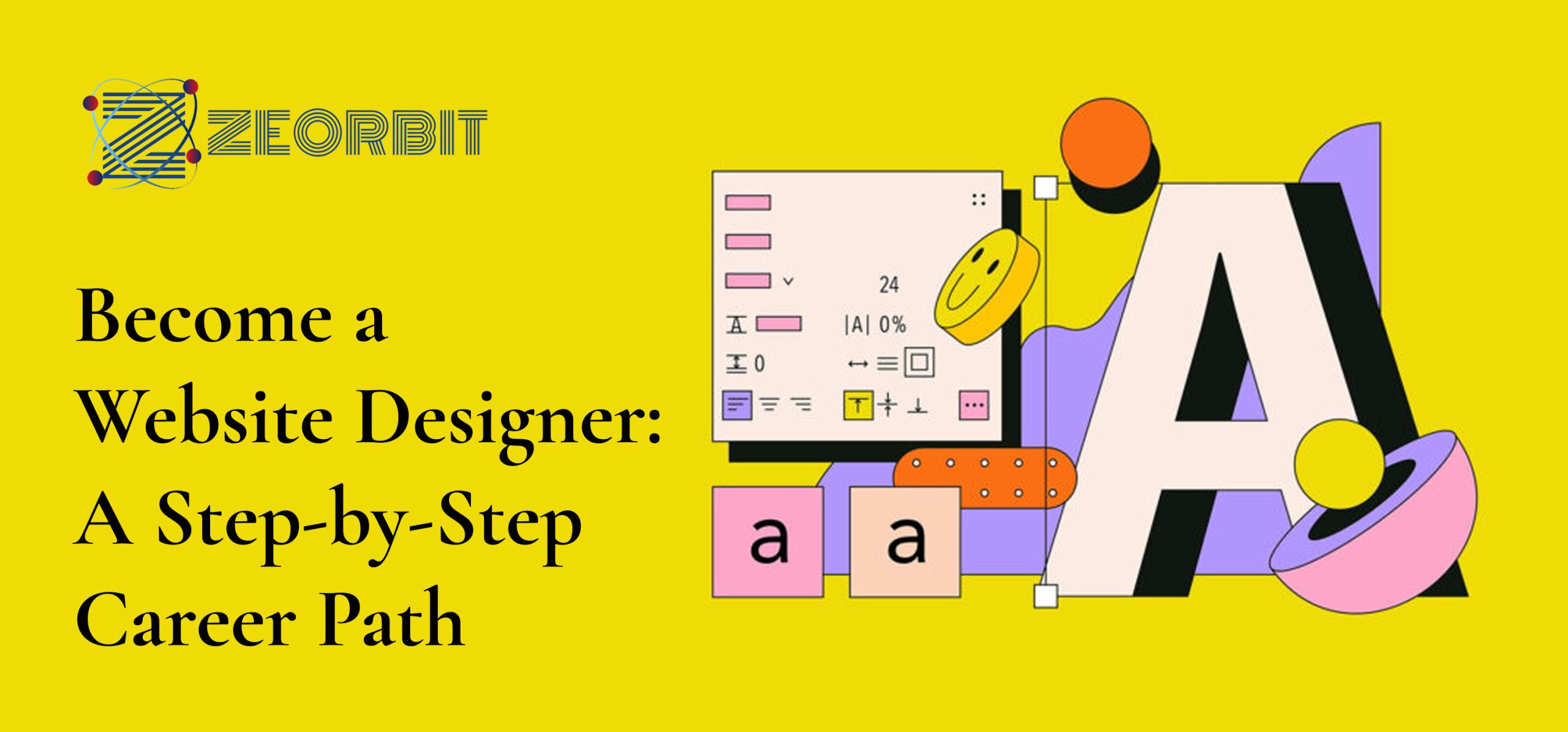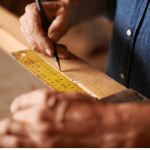Become a Website Designer: A Step-by-Step Career Path
Become a Website Designer: A Step-by-Step Career Path
So, you’re thinking about becoming a website designer? That’s fantastic! It’s a dynamic and creative field where you can truly make your mark. But where do you even start? This guide breaks down the journey into manageable steps.
1. Grasp the Fundamentals
Before diving into specific tools, understanding the core principles of design is essential. This includes:
- User Experience (UX) Design: How users interact with the website. Think about flow, usability, and accessibility.
- User Interface (UI) Design: The visual elements users see and interact with, such as buttons, icons, and typography.
- Visual Hierarchy: Guiding the user’s eye through the page using size, color, and placement.
- Color Theory: Understanding how colors work together and evoke different emotions.
- Typography: Choosing the right fonts to convey the right message and improve readability.
- Layout and Composition: Arranging elements on the page in a visually appealing and functional way.
2. Learn Essential Design Software
Website designers use various software to bring their ideas to life. Here are some of the most popular:
- Figma: A collaborative, web-based design tool widely used for UI/UX design. It’s great for prototyping and sharing designs with teams.
- Adobe XD: Another powerful UI/UX design tool, part of the Adobe Creative Suite. Integrates well with other Adobe products like Photoshop and Illustrator.
- Sketch: A vector-based design tool favored by many UI designers. It’s known for its clean interface and extensive plugin library (Mac only).
- Adobe Photoshop: While primarily used for photo editing, Photoshop is also valuable for creating website graphics and mockups.
- Adobe Illustrator: Excellent for creating vector graphics, logos, and icons for your websites.
3. Build Your Portfolio
Your portfolio is your most important asset. It showcases your skills and style to potential employers or clients. Here’s how to create a compelling one:
- Start with Personal Projects: Design websites for imaginary clients or redesign existing websites.
- Include a Variety of Designs: Show your versatility by including different types of websites and design styles.
- Showcase Your Process: Don’t just show the final product. Explain your design decisions and the problems you solved.
- Get Feedback: Ask other designers or potential users for feedback on your designs.
- Keep it Updated: Regularly add new projects to keep your portfolio fresh.
- Use a Professional Platform: Consider using platforms like Behance, Dribbble, or create your own website.
4. Understand Basic HTML, CSS, and JavaScript
While you don’t need to be a full-fledged developer, a basic understanding of these languages is crucial for effective collaboration and for understanding the technical limitations of your designs.
- HTML: The structure of your website (headings, paragraphs, images).
- CSS: The styling of your website (colors, fonts, layout).
- JavaScript: Adds interactivity to your website (animations, form validation).
There are plenty of free online resources like Codecademy, freeCodeCamp, and MDN Web Docs to get you started.
5. Network and Seek Opportunities
- Attend industry events: Connect with other designers and learn about the latest trends.
- Join online communities: Participate in forums and social media groups dedicated to web design.
- Freelance: Start taking on small freelance projects to gain experience and build your portfolio.
- Internships: Look for internships at design agencies or companies with in-house design teams.
- Reach out to designers you admire: Ask for advice and mentorship.
6. Stay Updated
The world of web design is constantly evolving. New tools and technologies emerge regularly, so continuous learning is essential.
- Follow industry blogs and publications: Stay informed about the latest trends and best practices.
- Take online courses: Expand your skills and learn new techniques.
- Experiment with new tools: Don’t be afraid to try new software and design approaches.
Embarking on a career as a website designer requires dedication and continuous learning. By following these steps, you’ll be well on your way to creating stunning and user-friendly websites!


